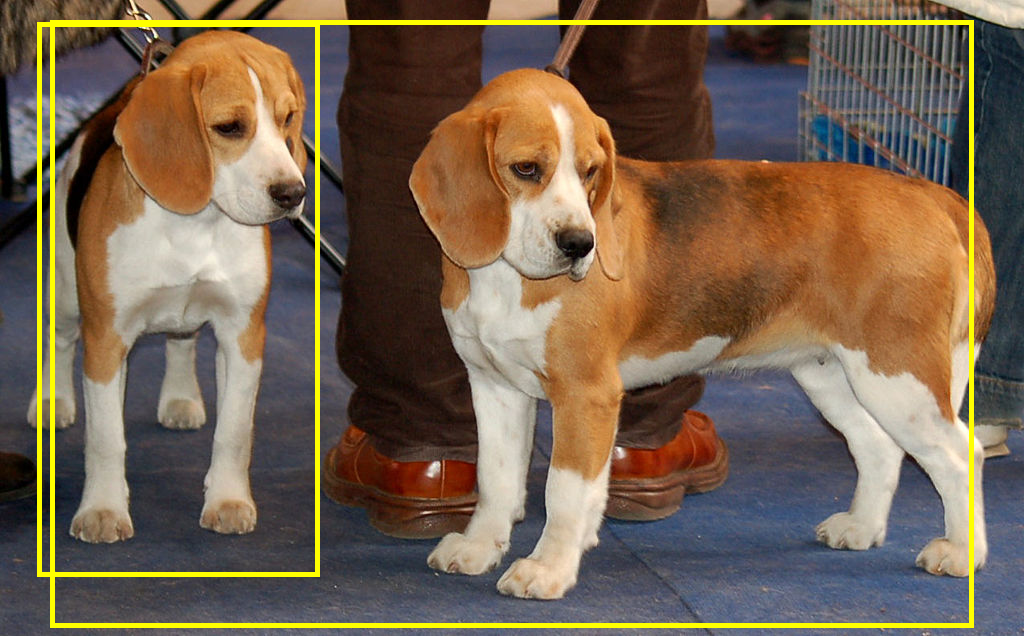TensorFlow Lite(TFLite) is TensorFlow’s lightweight solution for mobile and embedded devices. It enables on-device machine learning inference with low latency and a small binary size. TensorFlow Lite uses many techniques for this such as quantized kernels that allow smaller and faster (fixed-point math) models.
This document walks you through converting a Tensorflow Object Detection API model to Tensorflow Lite.
NOTE: TFLite currently only fully supports SSD Architectures (excluding EfficientDet) for boxes-based detection. CenterNet support is only experimental. For more information see this notebook
For this guide you can either use a pre-trained model from the Tensorflow Model zoo or you can train your own custom model as described in one of my other Github repositories.
After you have a Tensorflow OD model you can start to convert it to Tensorflow Lite.
This is a two-step process:
- Export frozen inference graph for TFLite
- Convert to TFLite
After training the model you need to export the model so that the graph architecture and network operations are compatible with Tensorflow Lite. This can be done with the export_tflite_graph_tf2.py file.
# From the tensorflow/models/research/ directory
python object_detection/export_tflite_graph_tf2.py \
--pipeline_config_path path/to/ssd_model/pipeline.config \
--trained_checkpoint_dir path/to/ssd_model/checkpoint \
--output_directory path/to/exported_model_directoryIn the output_directory you should now see a saved_model folder.
Use the TensorFlow Lite Converter to convert the SavedModel to TFLite. Note that you need to use from_saved_model for TFLite conversion with the Python API.
Python API (recommended):
# Convert the model to TF lite
converter = tf.lite.TFLiteConverter.from_saved_model('/content/saved_model/')
converter.optimizations = [tf.lite.Optimize.DEFAULT]
tflite_model = converter.convert()
# Serialize the model
open('model.tflite', 'wb').write(tflite_model)Command line:
tflite_convert \
--saved_model_dir=<output_directory>/saved_model \
--output_file=model.tfliteYou can also leverage Post-training Quantization to optimize the performance and decrease the size of your model. Note that this is only possible from the Python API.
converter.optimizations = [tf.lite.Optimize.DEFAULT]
converter.target_spec.supported_ops = [tf.lite.OpsSet.TFLITE_BUILTINS_INT8,
tf.lite.OpsSet.TFLITE_BUILTINS]
converter.representative_dataset = <...>Be sure to use a representative dataset
To enable easy integration with mobile integrations using the TFLite Task library the model can be packed with TFLite Metadata.
from tflite_support.metadata_writers import object_detector
from tflite_support.metadata_writers import writer_utils
writer = object_detector.MetadataWriter.create_for_inference(
writer_utils.load_file(_TFLITE_MODEL_PATH), input_norm_mean=[0],
input_norm_std=[255], label_file_paths=[_TFLITE_LABEL_PATH])
writer_utils.save_file(writer.populate(), _TFLITE_MODEL_WITH_METADATA_PATH)Next you need to create a label map for Tensorflow Lite, since it doesn't have the same format as a classical Tensorflow labelmap.
Tensorflow labelmap:
item {
name: "a"
id: 1
display_name: "a"
}
item {
name: "b"
id: 2
display_name: "b"
}
item {
name: "c"
id: 3
display_name: "c"
}The Tensorflow Lite labelmap format only has the display_names (if there is no display_name the name is used).
a
b
cSo basically the only thing you need to do is to create a new labelmap file and copy the display_names (names) from the other labelmap file into it.
If you want to use the model with a Google Coral EdgeTPU you need to run it through the EdgeTPU Compiler.
The compiler can be installed on Linux systems (Debian 6.0 or higher) with the following commands:
curl https://packages.cloud.google.com/apt/doc/apt-key.gpg | sudo apt-key add -
echo "deb https://packages.cloud.google.com/apt coral-edgetpu-stable main" | sudo tee /etc/apt/sources.list.d/coral-edgetpu.list
sudo apt-get update
sudo apt-get install edgetpuAfter installing the compiler you can convert the model with the following command:
edgetpu_compiler [options] model...
Before using the compiler, be sure you have a model that's compatible with the Edge TPU. For compatibility details, read TensorFlow models on the Edge TPU.
This repository contains two scripts to run the model. On for running the object detection model on a video and one for running it on a webcam. Both can be run with or without the EdgeTPU.
Gilbert Tanner


